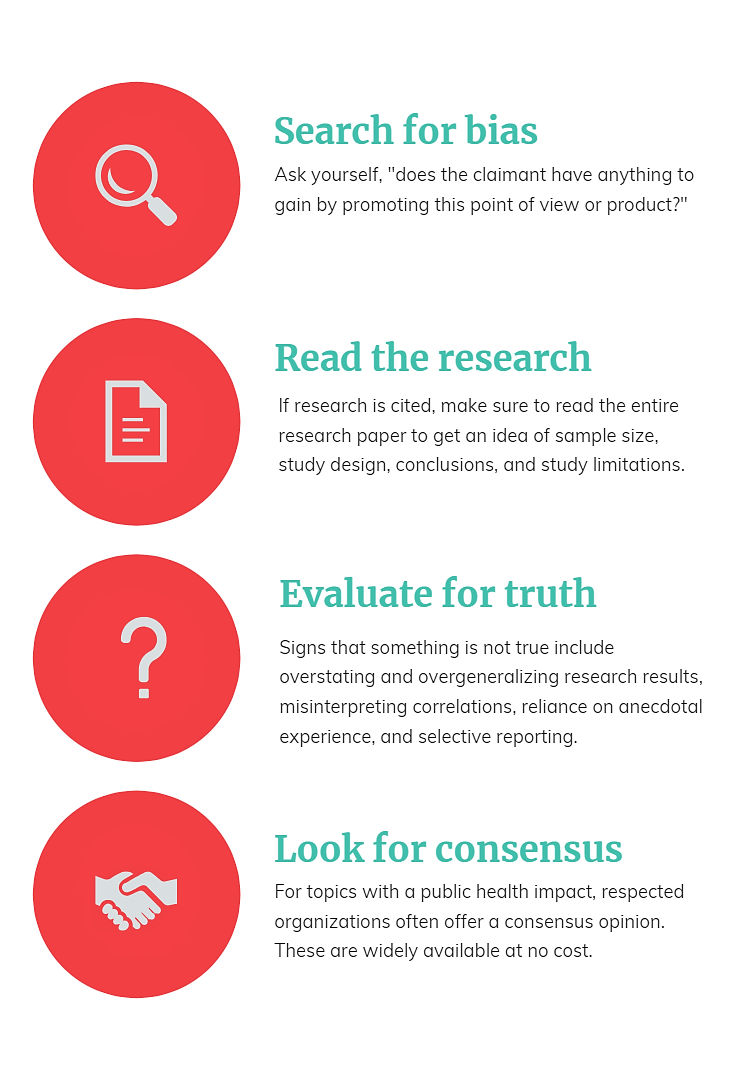Effective exercise professionals and health coaches seamlessly marry the principles of science with the art of crafting safe and beneficial programs based on their clients’ needs, goals, abilities, and personal preferences. ACE promotes is investing in understanding and applying evidence-based best practices. That understanding equips exercise and health professionals to do no harm while delivering high-quality physical-activity programming.
ACE recognizes that there are a variety of ways exercise professionals and health coaches can help clients achieve their goals, but we also know that the best approach for offering quality programs is drawing upon and utilizing as much evidence-based science as possible.
This may sound simple, but we have observed that this information can be challenging for our professionals to find. Often, this is because the media will give equal attention to “true” or evidence-based science, as well as concepts that are “false,” or are not supported by quality data. As we have all seen, a hot new fitness topic, a few outlying studies, or experts endorsing a new product or exercise regime will tout a supposed silver-bullet, even if scientific evidence opposes the claim being made.
At ACE, we arm our exercise professionals and health coaches with the critical thinking skills necessary to separate the unfounded claims from solid, evidence-based research and data. Below are four tips to help recognize evidence-based science that we encourage everyone to follow:

1. Look for bias on the part of the claimant. Does the claimant have anything to gain by promoting this point of view or product?
2. If research is cited, review the full research paper to get an idea of the sample size, the methodology, conclusions and limitations, and validity and reliability. This information will shed light on potential logical fallacies. If no research is cited, the claim is likely not an example of evidence-based science.
3. Determine if there are any logical fallacies committed by claimant. Examples can include overstating and overgeneralizing research results, misinterpreting correlations, reliance on anecdotal experience, and selective reporting.
4. Search for scientific consensus on the topic. Position statements from respected organizations are often accessible for no cost, especially regarding issues that significantly impact public health. Here is a great example from the American Heart Association aimed toward the public as well as health and fitness practitioners summarizing the consensus on the prevention and management of childhood obesity.
For a full report explaining these topics and more see the ACE Scientific Advisory Panel article, Integrating Science with Practice.




 by
by 






 by
by